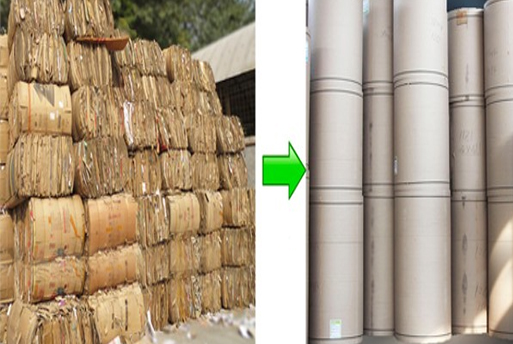Paper scrap is a valuable recycling resource used in the production of new paper without the need for additional tree harvesting. The process of efficiently collecting and processing paper scrap is a crucial part of the recycled paper supply chain. Below are some effective methods for collecting and processing paper scrap for recycling:
- Establishing Collection Systems: Set up paper scrap collection systems at distribution points, schools, offices, and residential areas. Place recycling bins conveniently to encourage people to dispose of paper scrap in the right place.
- Segregating Paper Scrap: During paper scrap collection, separate it from other materials like plastic, metal, and food waste. Clean and uncontaminated paper scrap is easier to recycle and produces higher-quality recycled paper.
- Modern Recycling Techniques: Utilize modern paper recycling systems to separate paper fibers and remove impurities. Advanced technology minimizes waste and saves energy during the recycled paper production process.
- Incorporating Recycled Paper: After processing, the recycled paper is used as raw material for producing new paper. This reduces the need for tree harvesting and contributes to environmental conservation.
- Implementing Incentive Programs: Establish incentive programs, such as discounts or benefits, to encourage participation in paper scrap recycling.
- Enhancing Recycling Education: Organize educational activities and increase awareness of the importance of paper scrap collection and recycling to motivate community engagement.
- Monitoring and Evaluation: Regularly monitor paper scrap collection and recycling activities to assess effectiveness and optimize the workflow.
Using paper scrap for recycled paper production is an environmentally friendly method that reduces negative impacts on natural resources. By efficiently collecting and processing paper scrap, we can actively contribute to environmental protection and build a sustainable future for our planet.

